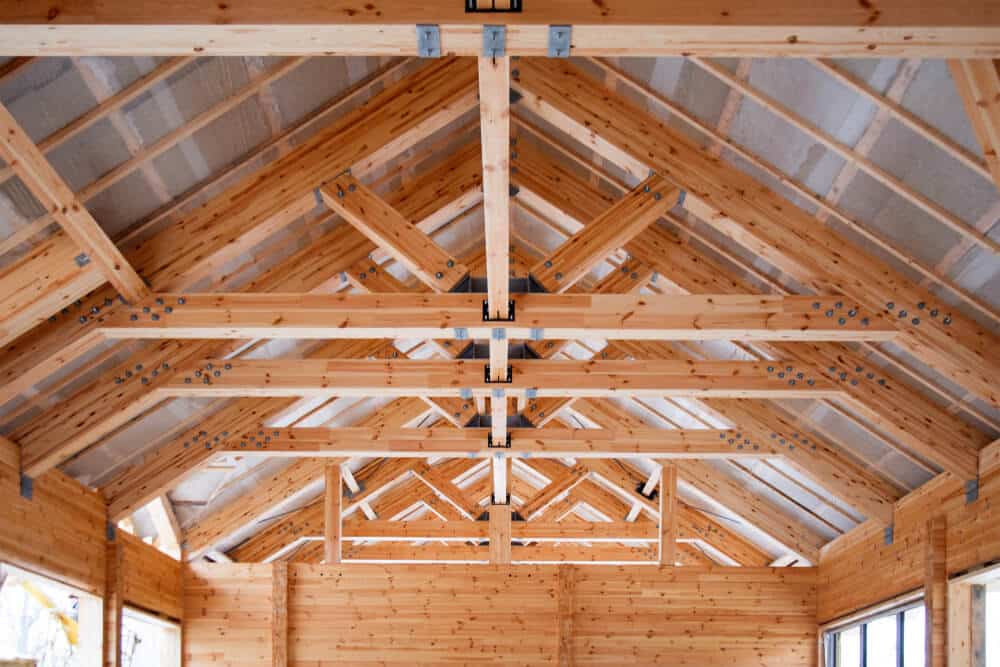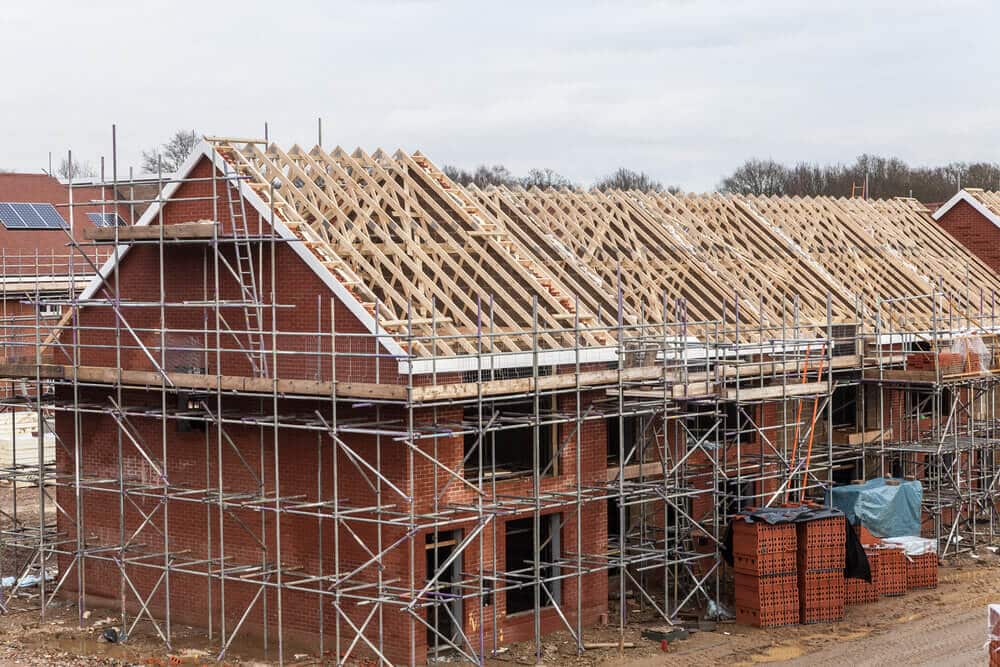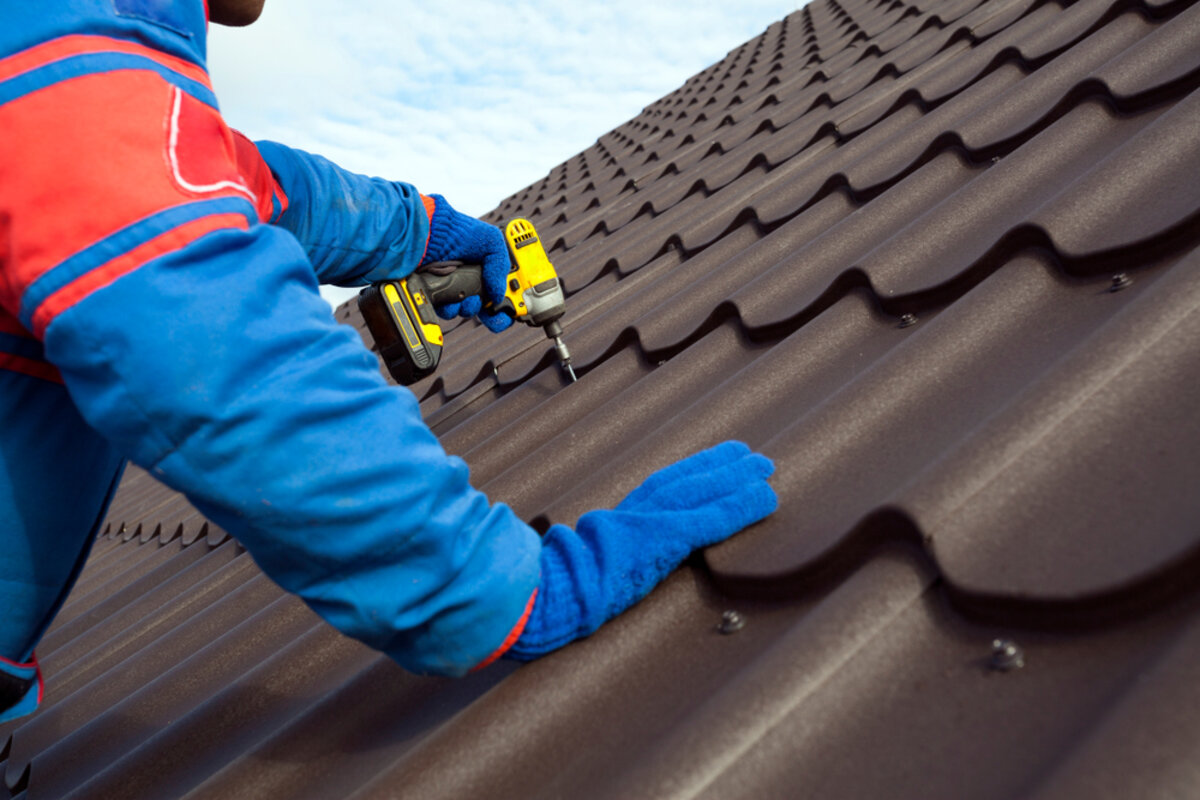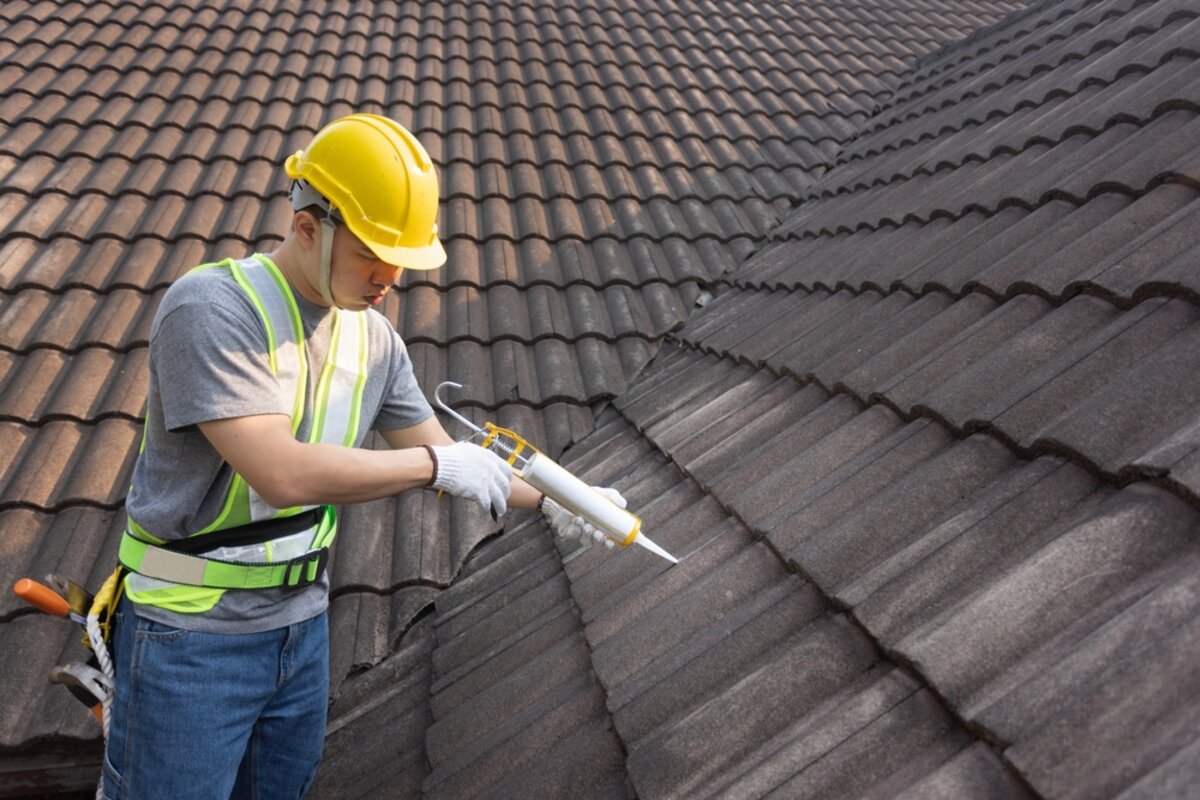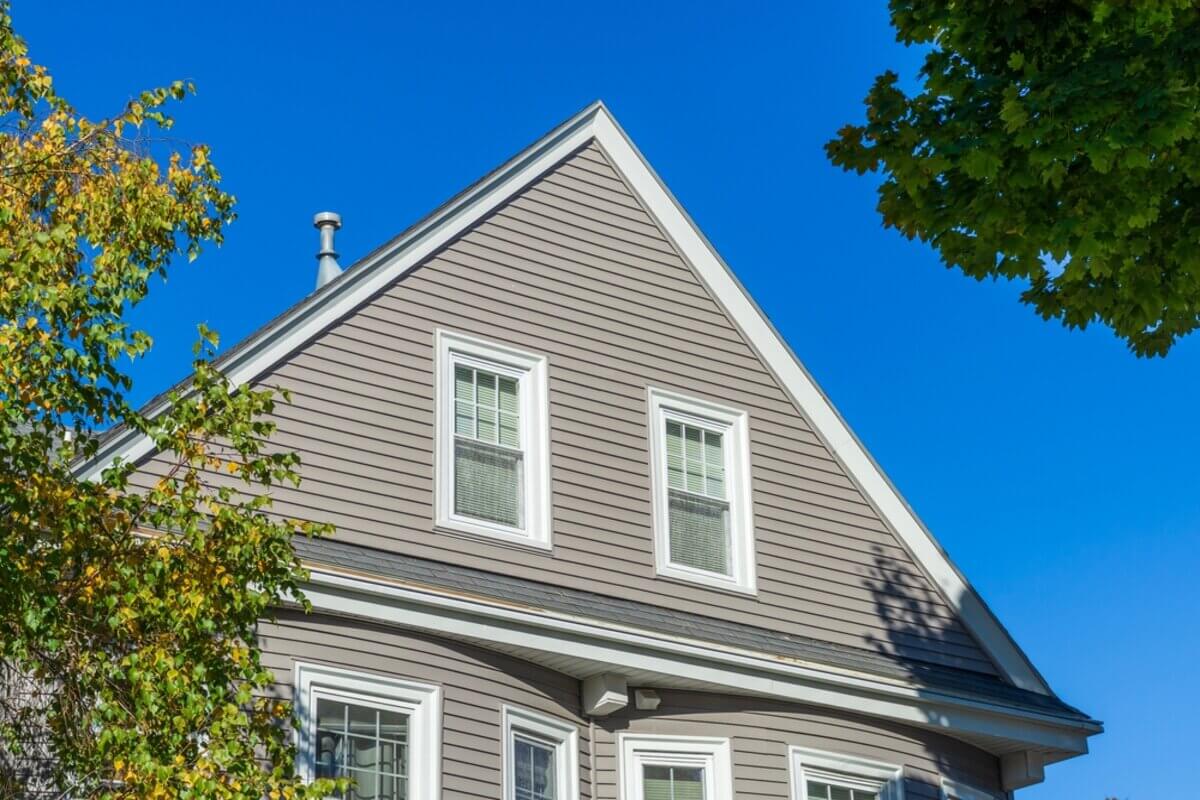You may encounter issues with your roof that might lead to roof truss failure. This issue might be intimidating to some homeowners, but there are signs you can look out for early on to resolve this. Here at Perfect Exteriors, we understand the importance of home improvement. This guide will review our top signs of roof truss failure and a few solutions to fix it.
What Is a Roof Truss?
A roof truss is a structured framework that holds your roof’s coverings together, meaning it’s crucial to frequently check and maintain your roof truss to avoid potential issues affecting your roof entirely. This type of home improvement project can be done at home, but we strongly advise you to seek professional help when doing so.
Whether you are considering tackling this project on your own or seeking professional help, it’s essential to identify all the necessary components when understanding a roof truss. Several features include the following:
- Truss
- Post
- Beam
- Wall plate
- Rafter
- Overlap
- Cross-brace
What Types of Material Are Roof Trusses Made of?
When selecting material for a roof truss, most homeowners generally choose wood, specifically Spruce Pine Fir or Hem-Fir. However, since it’s a natural material, it does have a shorter lifespan. Another option is a steel roof truss, which has a longer lifespan and is durable when handling the elements.
What Are the Different Types of Roof Trusses?
Fortunately, there are various roof trusses to select for your home. Several of those include the following:
- Mono roof truss: Mono roof trusses are a primary option to choose for your home. A mono roof truss is generally angled in a sloping direction. Its structure typically consists of an isosceles triangle built with supported beams.
- Attic roof truss: An attic roof truss is another option, as it primarily expands floor space within your attic. This can be an aesthetic choice to turn your attic into a bedroom, lounge area, game room, etc.
- Fink roof truss: A fink roof truss is a reasonably popular option as its structure is fully supported with extra beams, taking the form of a ‘W’ shape. An advantage to incorporating this into your home is that it enhances stability and strength.
- Scissor roof truss: Scissor roof trusses are ideal if you have natural sloping ceilings. A scissor truss’ structural design is two support beams running parallel to each other.
- Raised tie roof truss: Raised tie roof trusses are often mistaken for scissor roof ones due to their similar design. However, the significant difference is its smaller baseline when the beams meet the triangle.
What Can Happen if a Roof Truss Fails?
Sometimes your roof truss fails due to an assortment of factors, but fortunately, depending on this situation, there are solutions to fix this particular home issue. Though it doesn’t matter what material you have, you can still experience steel roof truss failure and wood roof truss failure. It’s essential to note what can happen when it does.
Water Intrusion in Home
Without thorough upkeep for your roof, one of the primary signs of roof truss failure would be water intrusion. When this occurs, your roof truss, especially if you have a wooden one, can attract mold and other bacteria, causing the truss to decompose. To avoid this, always ensure your roof is well managed; otherwise, you will have to replace it.
Roof Replacement
Maintaining your roof frequently is crucial; otherwise, whatever issues you encounter can significantly affect your roof truss. Several signs you may need to replace your roof would be leaks, damaged or curdled shingles, mold or bacteria growth, rotted roof sheeting, and more.
Top 4 Signs of Roof Truss Failure
Roof truss failure is, fortunately, simple to spot, especially during a roof inspection. Wood roof truss failure is quite common for most homeowners, but steel roof truss failure also occurs. Though, it’s essential to consider the signs.
1. Deterioration and Leaky Roof
As previously stated, one of the primary signs of roof truss failure is if you have a deteriorating and leaky roof. This can be damp spots, mold, or other bacteria on the surface of the truss. Signs of a leaky roof can also be spots on the ceiling or near the leak’s location. Always check for moisture damage when inspecting your truss, as it can eventually decompose the material.
2. Your Roof Plates Have Corroded
Roof truss failure occurs if your roof plates have corroded over time. One reason why this occurs is because of the steel material that’s used for the truss’s fasteners. Compared to your roof, these components can also experience water damage, which causes corrosion and rapid aging.
3. Roofs More Than 10 Years in Use
A roof’s lifespan depends on its primary material. Sometimes an immediate sign of roof truss failure can be the roof’s age. If your roof is ten years old or older, it might be due for a replacement. However, if it’s more than ten years old, you might have to consult with a professional to avoid potential truss damage.
4. Chipped or Damaged Truss
Another occurrence you might encounter would be minor chips or cracks within your roof’s truss. Now, for this issue, it might not seem like a factor to concern yourself with, but when that occurs, it could be a sign of severe problems with the truss itself. This is a common sign that most roof inspectors note.
What Homeowners Should Do When They Discover Their Roof Truss Is Failing
Whether you’ve encountered wood roof truss failure or steel roof truss failure, there are a couple of solutions you can do when you discover your roof truss is failing. The immediate answer is to inspect your roof to note any issues or damage you might have. Another factor to consider is that if your roof needs replacing, you should also consider maintaining or replacing your roof truss, but that’s only if it’s damaged.
Contact Perfect Exteriors for a Roof Inspection or Replacement
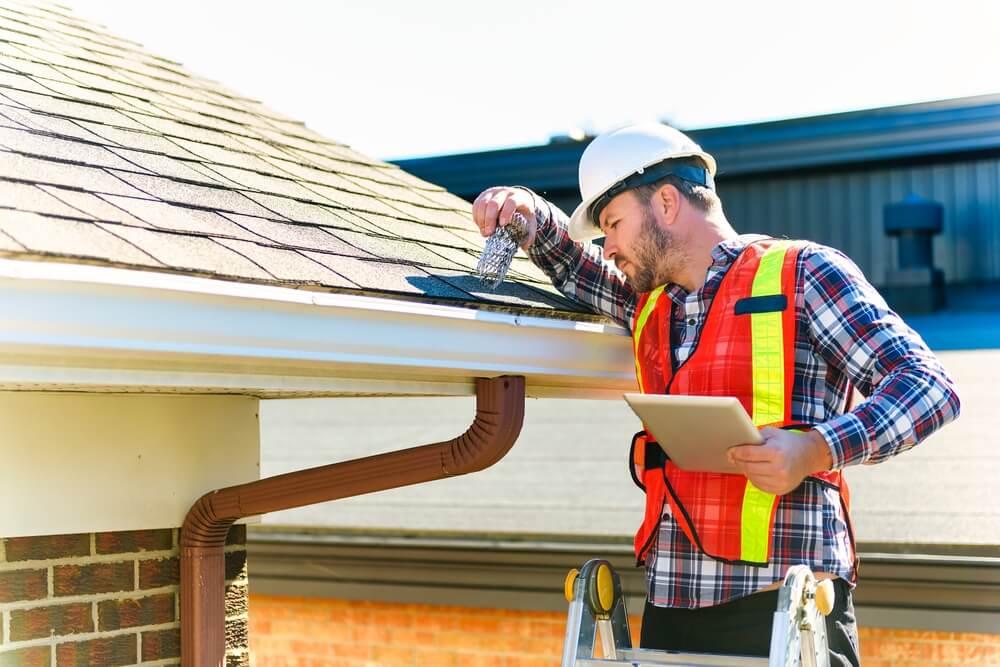
Generally, getting a roof inspection and frequently maintaining it is essential. If not, then both your roof and its truss will be affected.
The three primary signs your roof’s truss is failing is a leaky roof, corroded roof plates, and aging. Contact us today if you’re interested in resolving your failed roof truss issue.

